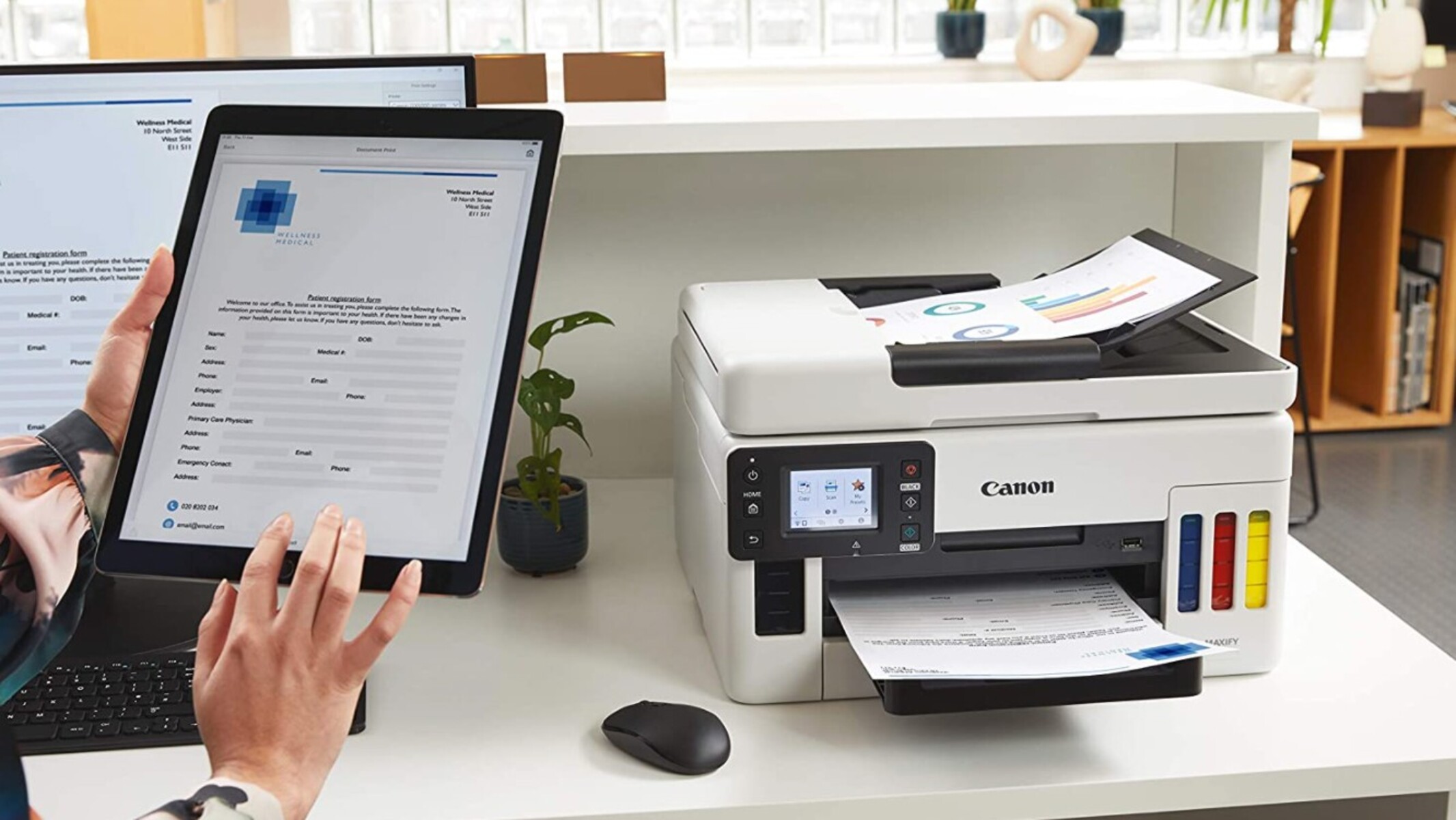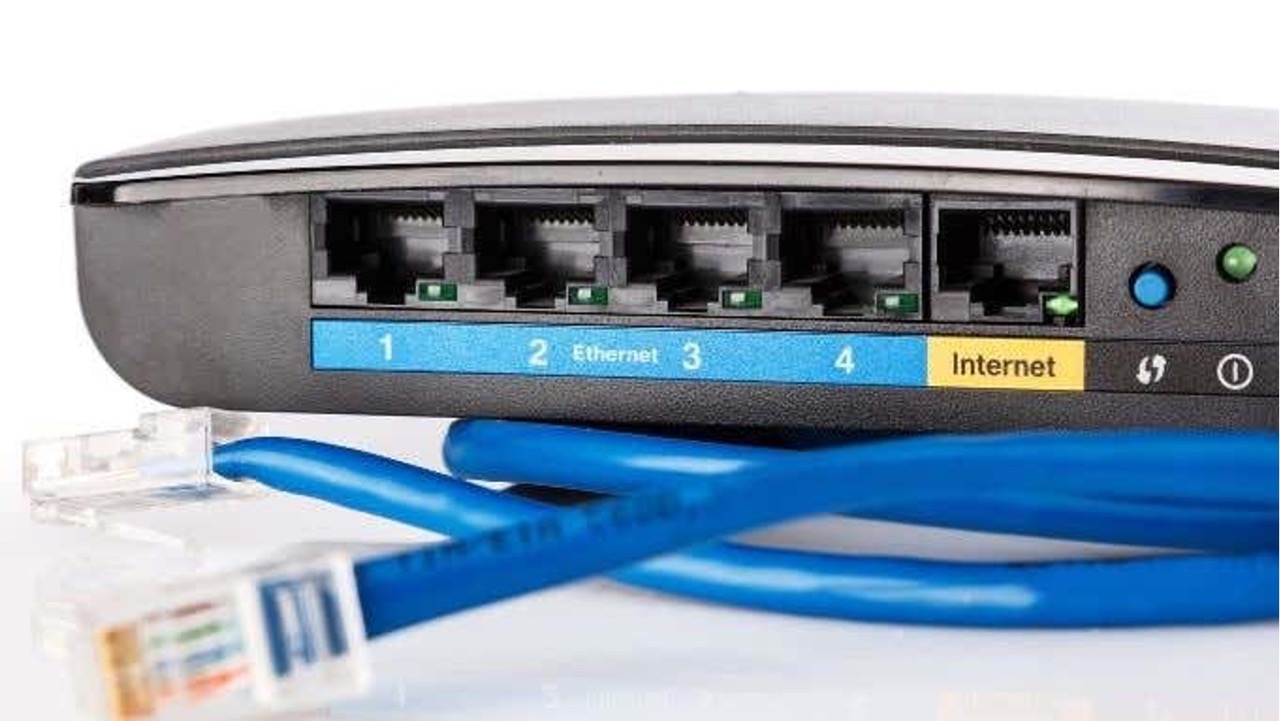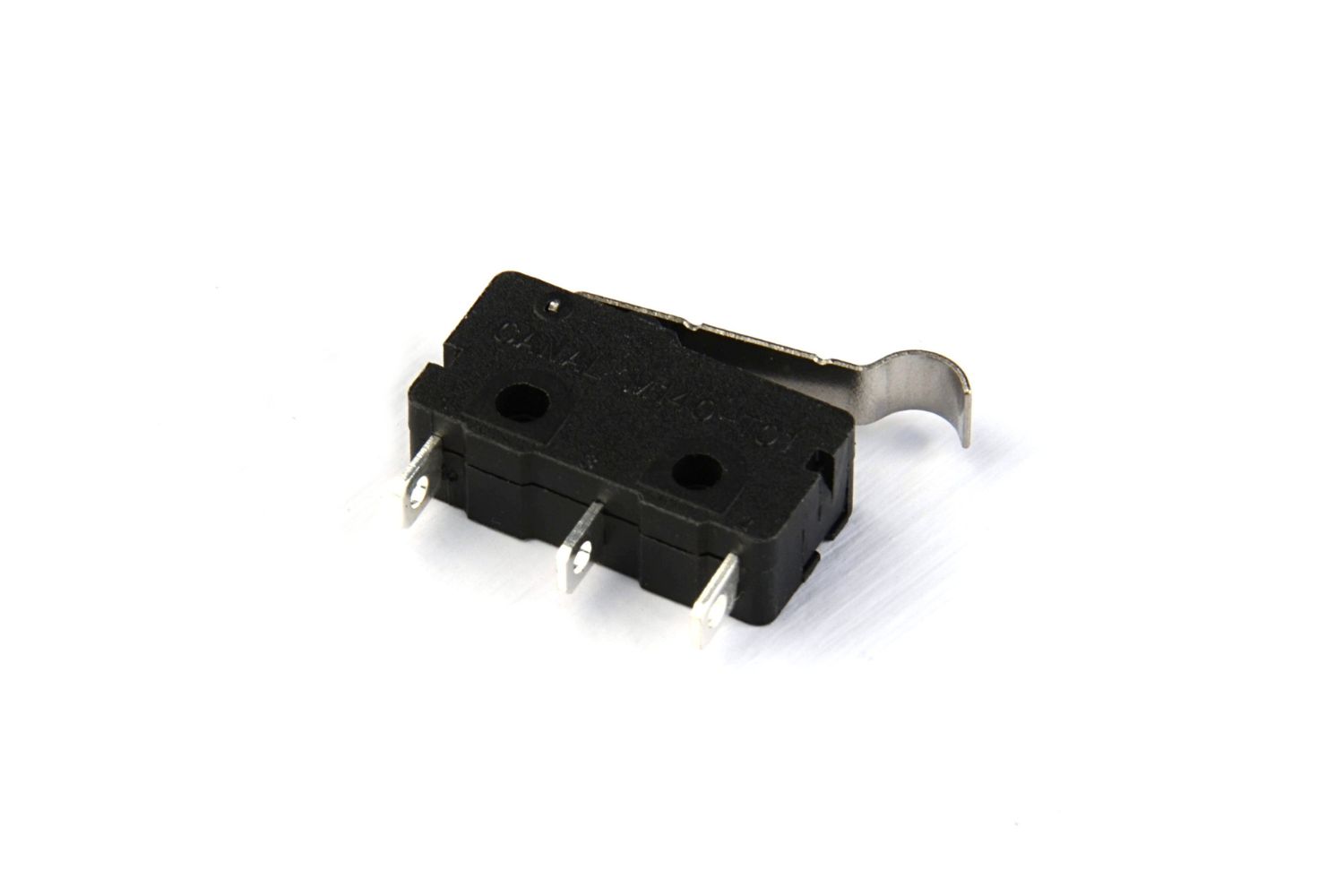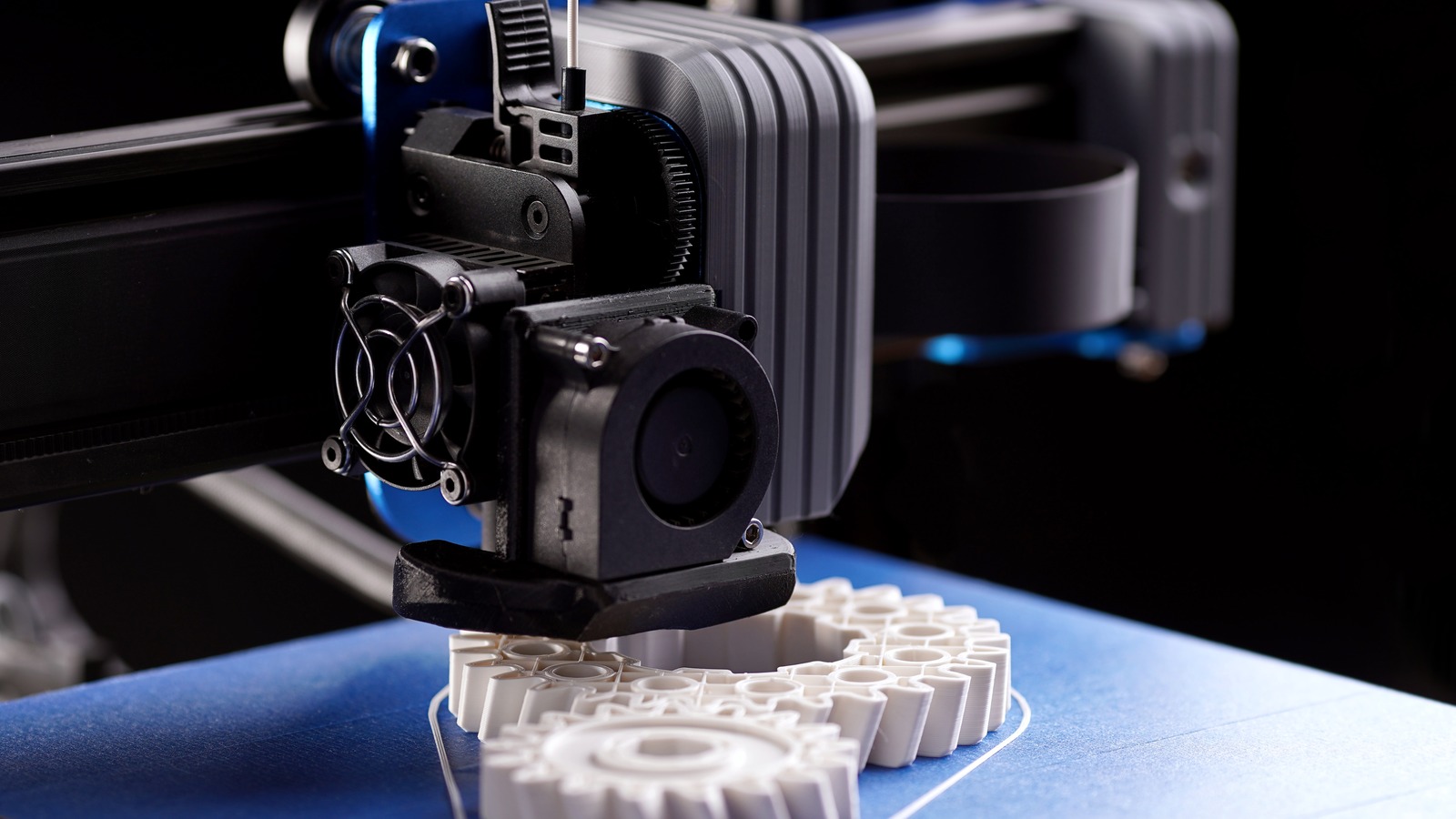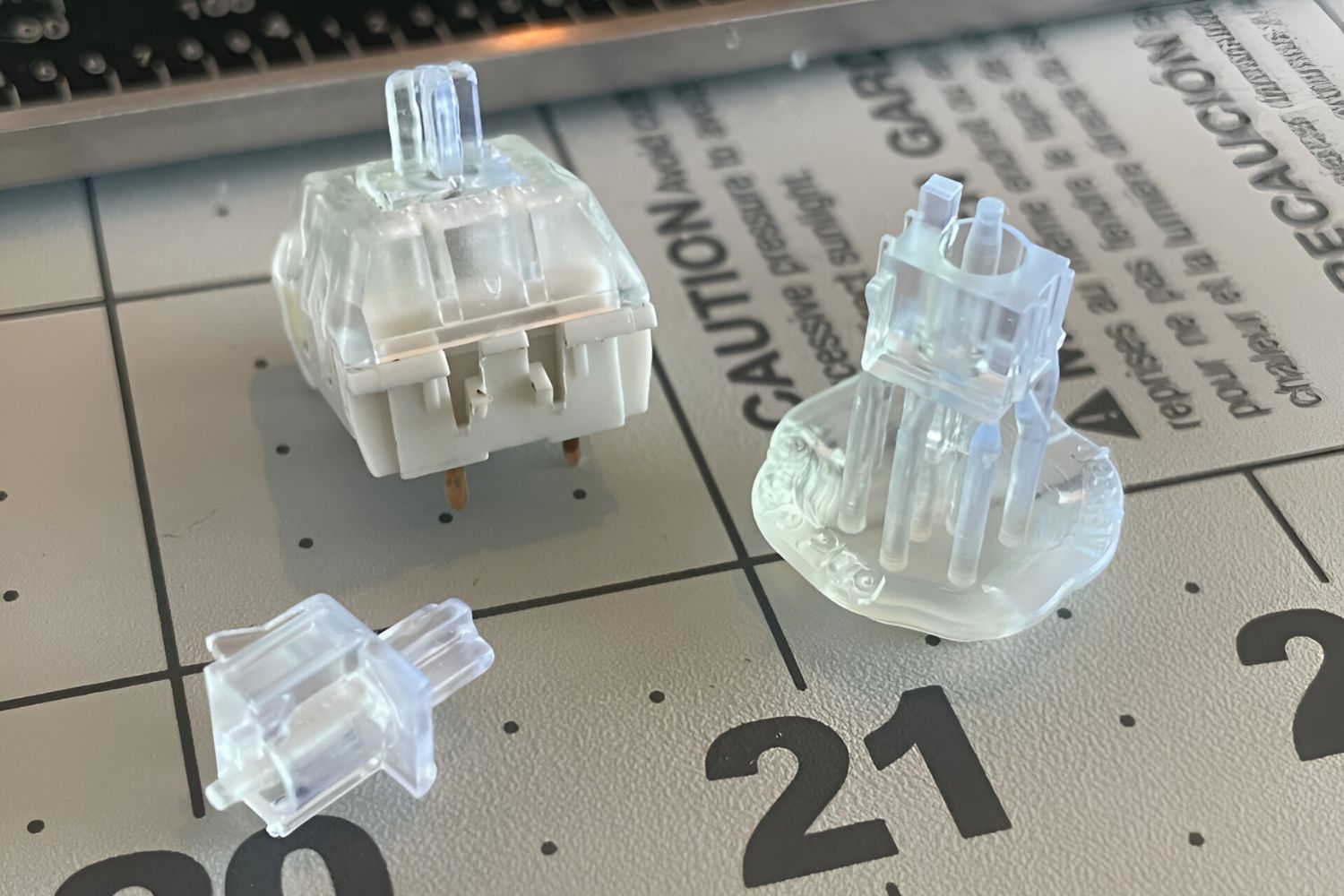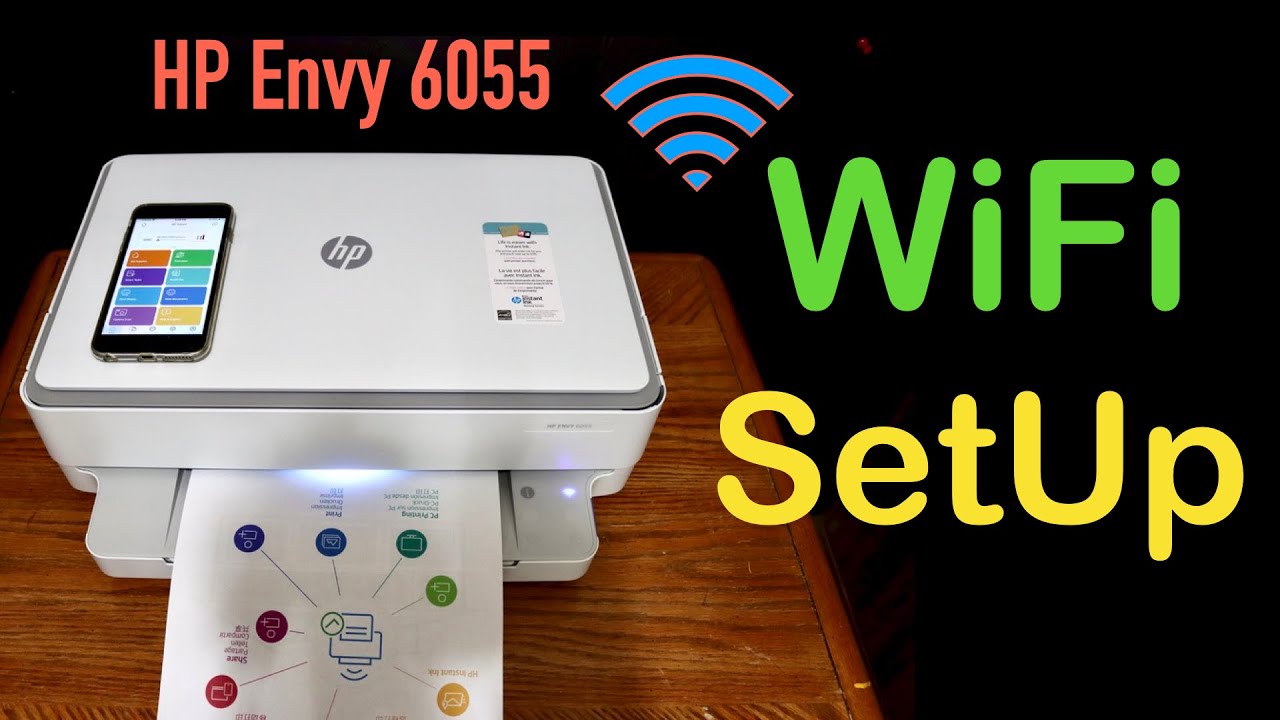Introduction
Are you encountering issues with getting your network printer to function properly when connected to a network switch? This perplexing situation can be quite frustrating, especially when you're unable to pinpoint the exact cause of the problem. However, fear not, as there are several troubleshooting steps you can take to address this perplexing issue and get your network printer up and running seamlessly.
When a network printer fails to print after being connected to a network switch, it can be attributed to various factors, including network connectivity issues, printer configuration discrepancies, network switch settings, IP address conflicts, or outdated printer firmware. By systematically examining each of these potential culprits, you can effectively diagnose and resolve the issue, restoring your printer to full functionality.
In the subsequent sections, we will delve into each potential cause and provide detailed steps to troubleshoot and resolve the issue. By following these comprehensive guidelines, you can navigate through the intricacies of network printer connectivity and ensure that your printer operates seamlessly when connected to a network switch.
Let's dive into the troubleshooting process and unravel the mysteries behind your network printer's connectivity issues when plugged into a network switch.
Check Network Connection
When your network printer encounters connectivity issues after being connected to a network switch, the first step is to assess the network connection to identify any potential disruptions. Begin by verifying that the network cables are securely plugged into both the network switch and the printer. It’s essential to ensure that the cables are not damaged or frayed, as this can impede proper connectivity.
Next, ascertain that the network switch is functioning correctly by checking for any indicator lights that suggest network activity. If the lights are not illuminated as expected, it may indicate a problem with the network switch itself. In such cases, consider testing the network switch with another device to determine if the issue lies with the switch or the printer.
Additionally, confirm that the network switch port to which the printer is connected is operational. You can achieve this by plugging another device into the same port to verify its functionality. If the alternative device functions properly, it indicates that the network switch port is not the source of the problem.
Moreover, consider inspecting the network configuration settings on the printer to ensure that it is set to obtain an IP address automatically. If the printer is configured with a static IP address, it may conflict with the network switch’s settings, leading to connectivity issues. By configuring the printer to obtain an IP address automatically, you can mitigate potential conflicts and streamline the connectivity process.
By meticulously examining the network connection and addressing any discrepancies, you can effectively eliminate connectivity issues and pave the way for seamless printing functionality when the printer is connected to a network switch.
Check Printer Configuration
When troubleshooting a network printer’s connectivity issues through a network switch, it’s imperative to scrutinize the printer’s configuration settings to identify any potential misconfigurations that may impede its functionality. Begin by accessing the printer’s control panel or web interface to review its network settings.
Verify that the printer is configured to obtain an IP address automatically through DHCP (Dynamic Host Configuration Protocol). If the printer is set to use a static IP address, it may conflict with the network switch’s addressing scheme, leading to connectivity disruptions. By enabling DHCP, the printer can dynamically acquire an IP address from the network, aligning with the switch’s configuration and fostering seamless connectivity.
Furthermore, ensure that the subnet mask and gateway settings on the printer correspond to the network’s configuration. Any discrepancies in these settings can hinder the printer’s ability to communicate effectively through the network switch. Aligning the printer’s network settings with those of the network switch and the overall network infrastructure is pivotal in resolving connectivity issues.
Additionally, inspect the printer’s firmware and ensure that it is updated to the latest version. Outdated firmware can introduce compatibility issues with the network switch or lead to instability in network communication. By updating the printer’s firmware to the latest release, you can leverage performance enhancements and bug fixes that may address connectivity concerns.
By meticulously reviewing and adjusting the printer’s configuration settings, you can mitigate potential compatibility issues and ensure that it seamlessly integrates with the network switch, facilitating uninterrupted printing functionality.
Check Network Switch Configuration
Inspecting the network switch configuration is essential when troubleshooting connectivity issues with a network printer. Begin by accessing the network switch’s management interface to review its settings and ensure they align with the network’s requirements.
Firstly, verify that the network switch is functioning correctly and is adequately powered. Check for any indicator lights that denote the switch’s operational status and network activity. If the lights indicate irregularities, consider power cycling the switch to reset its configuration and resolve potential internal issues.
Next, examine the port to which the printer is connected and confirm that it is operational. If the port is malfunctioning, consider connecting the printer to an alternative port to ascertain if the original port is the source of the connectivity problem.
Furthermore, review the switch’s VLAN (Virtual Local Area Network) configuration to ensure that the printer is assigned to the appropriate VLAN. Misconfigured VLAN settings can restrict the printer’s network access, leading to connectivity disruptions. By aligning the printer’s VLAN assignment with the network switch’s configuration, you can facilitate seamless communication and printing functionality.
Additionally, assess the switch’s QoS (Quality of Service) settings to prioritize network traffic for printing operations. By assigning appropriate QoS parameters to printing-related traffic, you can optimize the network’s performance and ensure that print jobs are processed efficiently, minimizing potential connectivity bottlenecks.
By meticulously reviewing and adjusting the network switch’s configuration settings, you can eliminate potential impediments to the printer’s connectivity and establish a robust network environment that fosters seamless printing functionality through the network switch.
Check for IP Address Conflict
IP address conflicts can significantly disrupt the connectivity of a network printer when plugged into a network switch. Resolving these conflicts is crucial to ensure seamless communication and printing operations. An IP address conflict occurs when two devices on the same network are assigned the same IP address, leading to communication issues and potential network disruptions. Here are steps to identify and resolve IP address conflicts:
- Check IP Address Assignment: Begin by verifying the IP address assigned to the network printer and ensuring that it is unique within the network. Access the printer’s network settings to view its assigned IP address and compare it with the IP addresses of other devices on the network to identify any duplications.
- Utilize IP Scanner Tools: Employ IP scanner tools to scan the network and identify devices that may share the same IP address as the printer. These tools provide comprehensive network visibility, allowing you to pinpoint conflicting IP addresses and take appropriate corrective measures.
- Resolve Conflicting IP Addresses: If an IP address conflict is detected, reconfigure the network printer to obtain an IP address automatically through DHCP. This ensures that the printer dynamically acquires a unique IP address without conflicting with other devices on the network.
- Static IP Address Allocation: Alternatively, consider assigning a static IP address to the printer to prevent future conflicts. Ensure that the static IP address is outside the DHCP range to avoid potential conflicts with dynamically assigned addresses.
- Network Address Translation (NAT): Implement NAT to facilitate communication between devices with overlapping IP addresses. NAT allows multiple devices with private IP addresses to communicate with external networks using a shared public IP address, mitigating internal IP conflicts.
By meticulously addressing IP address conflicts and implementing appropriate resolution strategies, you can safeguard the network printer’s connectivity and ensure seamless printing functionality when connected to a network switch.
Update Printer Firmware
Outdated printer firmware can contribute to connectivity issues when the printer is connected to a network switch. Firmware updates often include bug fixes, performance enhancements, and compatibility improvements that address underlying connectivity concerns. To ensure optimal functionality and seamless integration with the network switch, it is imperative to update the printer’s firmware to the latest version. Here’s how you can proceed with updating the printer’s firmware:
- Check for Firmware Updates: Visit the printer manufacturer’s official website or access the printer’s management interface to check for available firmware updates. Manufacturers frequently release firmware updates to address connectivity issues and enhance overall performance.
- Download the Latest Firmware: If a firmware update is available, download the latest version compatible with your printer model. Ensure that the firmware update is specifically designed for your printer’s make and model to prevent compatibility issues.
- Follow Update Instructions: Carefully follow the provided instructions for installing the firmware update. This typically involves transferring the firmware file to the printer and initiating the update process through the printer’s control panel or web interface.
- Monitor Update Progress: During the firmware update process, monitor the progress to ensure that the update is successfully applied. Avoid interrupting the update procedure, as doing so may result in firmware corruption or incomplete installation.
- Verify Firmware Version: After the update is complete, verify that the printer’s firmware version corresponds to the latest release. This can be done through the printer’s settings or management interface, confirming that the update was successfully applied.
By updating the printer’s firmware to the latest version, you can leverage the benefits of enhanced connectivity, improved network compatibility, and optimized performance, thereby mitigating connectivity issues when the printer is connected to a network switch.
Conclusion
Addressing connectivity issues with a network printer plugged into a network switch requires a systematic approach to troubleshooting and resolution. By meticulously examining the network connection, printer configuration, network switch settings, IP address conflicts, and printer firmware, you can effectively diagnose and resolve the underlying causes of connectivity disruptions. Through these comprehensive troubleshooting steps, you can ensure that your network printer operates seamlessly and facilitates uninterrupted printing functionality when connected to a network switch.
It is crucial to prioritize the verification of network connections, ensuring that cables are secure, and the network switch and printer ports are operational. Additionally, reviewing the printer’s configuration settings, including DHCP, subnet mask, and gateway parameters, is pivotal in aligning its network settings with those of the network switch. Similarly, scrutinizing the network switch’s configuration, VLAN settings, and QoS parameters is essential to optimize network performance and facilitate seamless printer connectivity.
Furthermore, the identification and resolution of IP address conflicts play a significant role in eliminating communication disruptions and fostering robust network connectivity for the printer. Additionally, updating the printer’s firmware to the latest version ensures that it is equipped with the necessary enhancements and bug fixes to address connectivity concerns effectively.
By following these comprehensive guidelines and addressing each potential cause of connectivity issues, you can navigate the complexities of network printer connectivity and establish a reliable printing environment. Embracing a proactive approach to troubleshooting and resolution empowers you to overcome connectivity challenges and maintain seamless printing operations through a network switch.
By leveraging these troubleshooting strategies, you can optimize the functionality of your network printer and ensure that it seamlessly integrates with your network infrastructure, delivering consistent and reliable printing performance.







